Last week, I offered you my idea of collecting your memories, stories, descriptions, tales, etc., relating to this place we call home. It’s too soon for me to receive a postcard from you, so I am writing one of my own in hopes of stirring your creative juices.
Postcard to Michon, from Michon
The Douglass House, an imposing Queen Anne structure situated on the corner of Williams Avenue and Carson Street, is one of our best-known Fallon landmarks. But, for me, it’s a part of my Fallon story.
My paternal grandparents, Ernest and Clara Maupin, were married in 1896 in Louisiana, Missouri, a pretty little hamlet on the Mississippi River south of Mark Twain’s famous Hannibal. Robert L. Douglass (later of Douglass House fame) was born and raised on a farm near Louisiana, Missouri. My grandfather (and his father before him) were gunsmiths and owned a bicycle repair and machine shop there, and Douglass, as a young man, developed a passion for bicycle racing. Hence, a friendship was formed. One of my most treasured vintage photographs is of my grandfather, a handsome man with a handlebar mustache, “starting” Douglass, young, strong, and dashing, in a bicycle race.
In Nevada, Robert Douglass’s uncle, Joseph Douglass, had built a successful career as a banker in Virginia City, Nevada. He asked Robert (Bob) to make the westward journey and join him in his growing enterprises. When Joseph died in about 1902, he left a good share of his earthly goods to Robert Douglass. That included the Churchill County Island Ranch, now the Frey Ranch, south of town. One of the first things Douglass did was hire an architect from Reno to design the Queen Anne home on Williams Avenue and Carson Street for his new bride, Eleanor Ernst Douglass. They moved into the new home in late December 1903. One interesting feature of that home’s garage was a turntable device. Douglass could drive a car into the garage, rotate the turntable, and drive the car out without backing up.
Douglass became somewhat legendary in both bicycle and automobile racing circles. He sent for my grandfather to help maintain his vehicles. My grandparents visited him in Fallon in 1903 and moved here later in 1906 with three little boys, including my father, Ernest Maupin, Jr. Maupin, senior, established the Maupin garage in Fallon. I don’t know what role Douglass may have played in helping him do so, but I think Douglass’s business alone provided him with the overhead.
Although Douglass looked like a happy movie hero, his life was filled with tragedy. His wife’s brother, Clarence Ernst, died of typhoid while living with them in the Douglass House. Eleanor Douglass couldn’t face the sorrow there, so they moved to a new home on the Island Ranch. Eleanor developed blood poisoning in 1911. The story goes that Douglass commissioned a private train to get Eleanor to San Francisco during a blizzard. Southern Pacific sidetracked his private train, so Douglass asked my grandfather to drive him in his Stutz Bearcat on the rails over Donner Pass in a frantic attempt to rescue Eleanor. They encountered a train heading east and were thrown off the rails. Douglass escaped injury, but my grandfather spent months in recovery. Douglass finally got Eleanor to San Francisco, but Eleanor died in a hospital there. Douglass sued the railroad for sidetracking the train, and the railroad sued Douglass for driving on the tracks. I don’t know the outcome. Douglass raised his three children on the Island Ranch, but in 1930, he lost his son, Robert, due to a congenital kidney defect.
When I visit the Douglass House, I view it as a character in a story—the Douglass story, of course, but also my story and a Fallon story that is still being written.
More information about the Douglass House is in Volume 14 of “In Focus.”
Postcard to Michon, from the Churchill County Museum
We are doing an inventory of our past editions of “In Focus.” We are in short supply of Volumes 6,7 and 8. If you want to cull your collection, please “send home” to the Museum any volumes you don’t want, especially 6,7 and 8.
If you have a postcard for Michon, send it to [email protected].
Michon Mackedon is a native of Fallon and a retired professor of English and Humanities (WNC). She loves her family, her home, her dog, reading, writing, making good food, and sipping a glass of fine white wine. Beyond that, she refuses to be categorized.


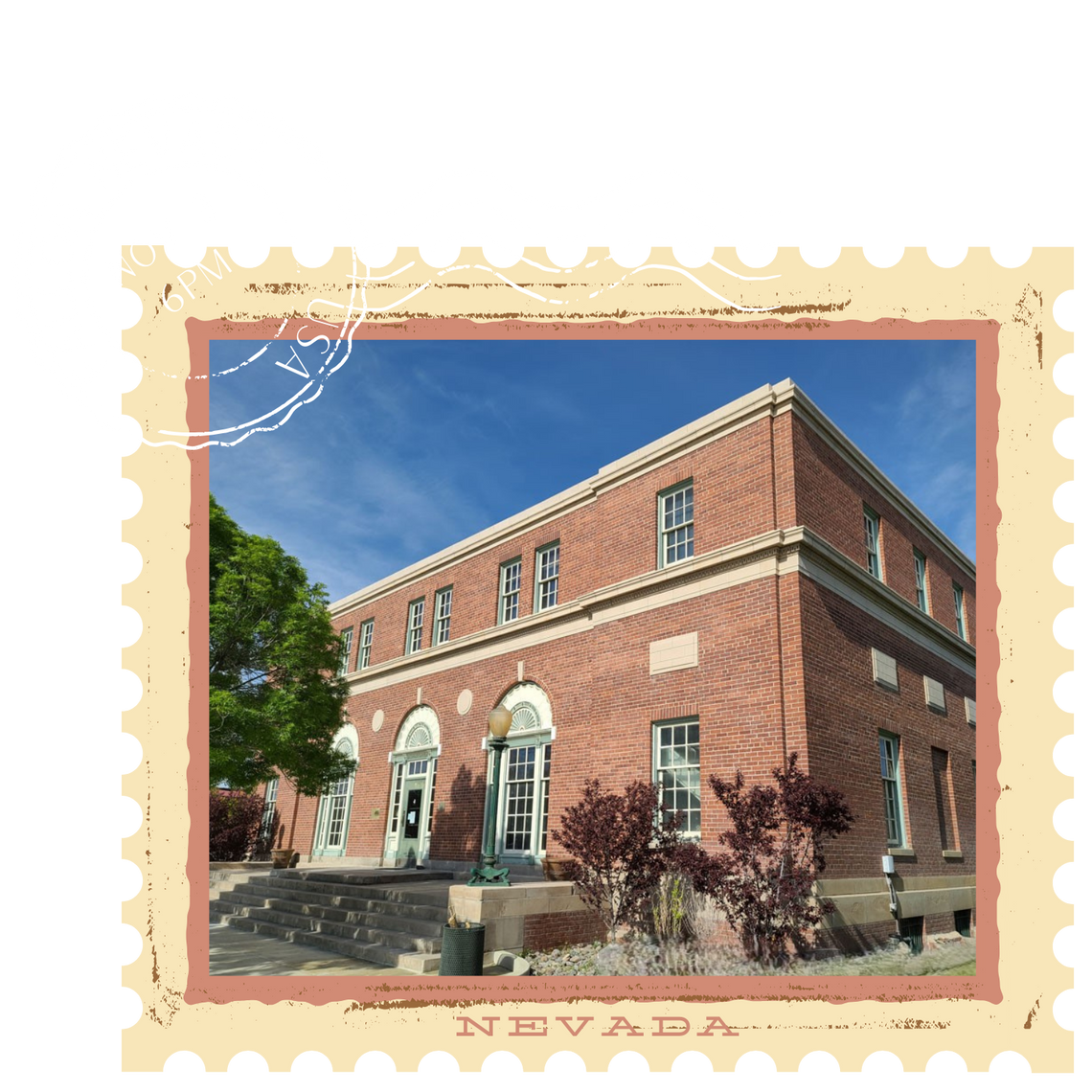
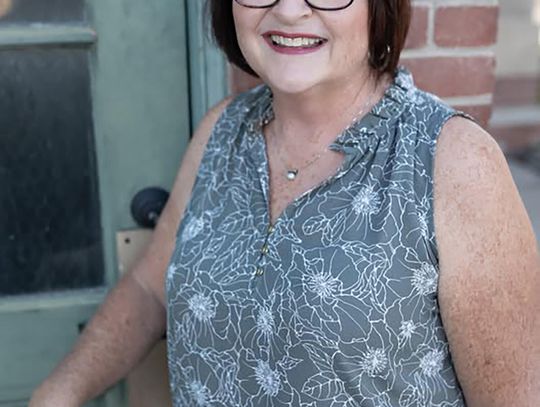
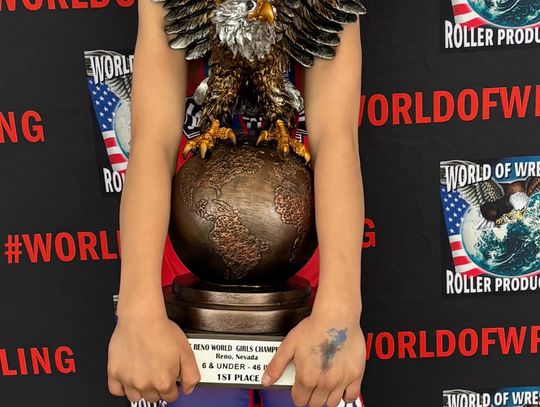
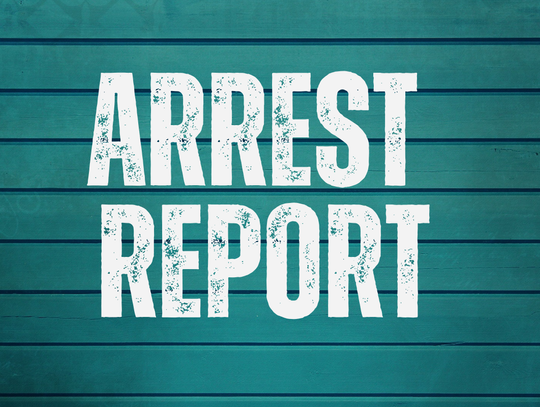
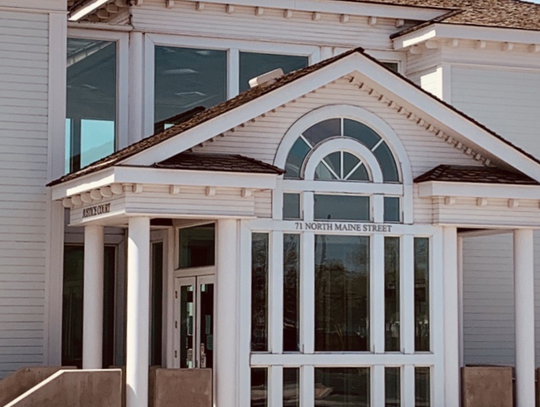
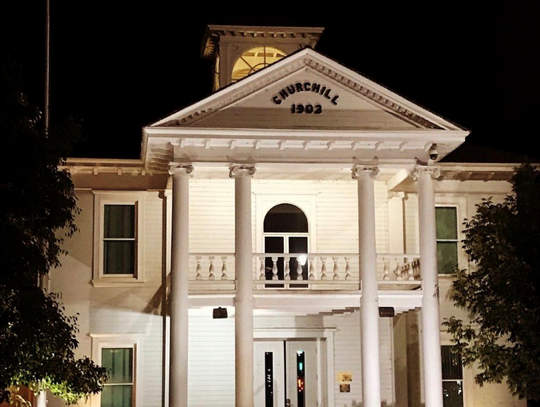


Comment
Comments